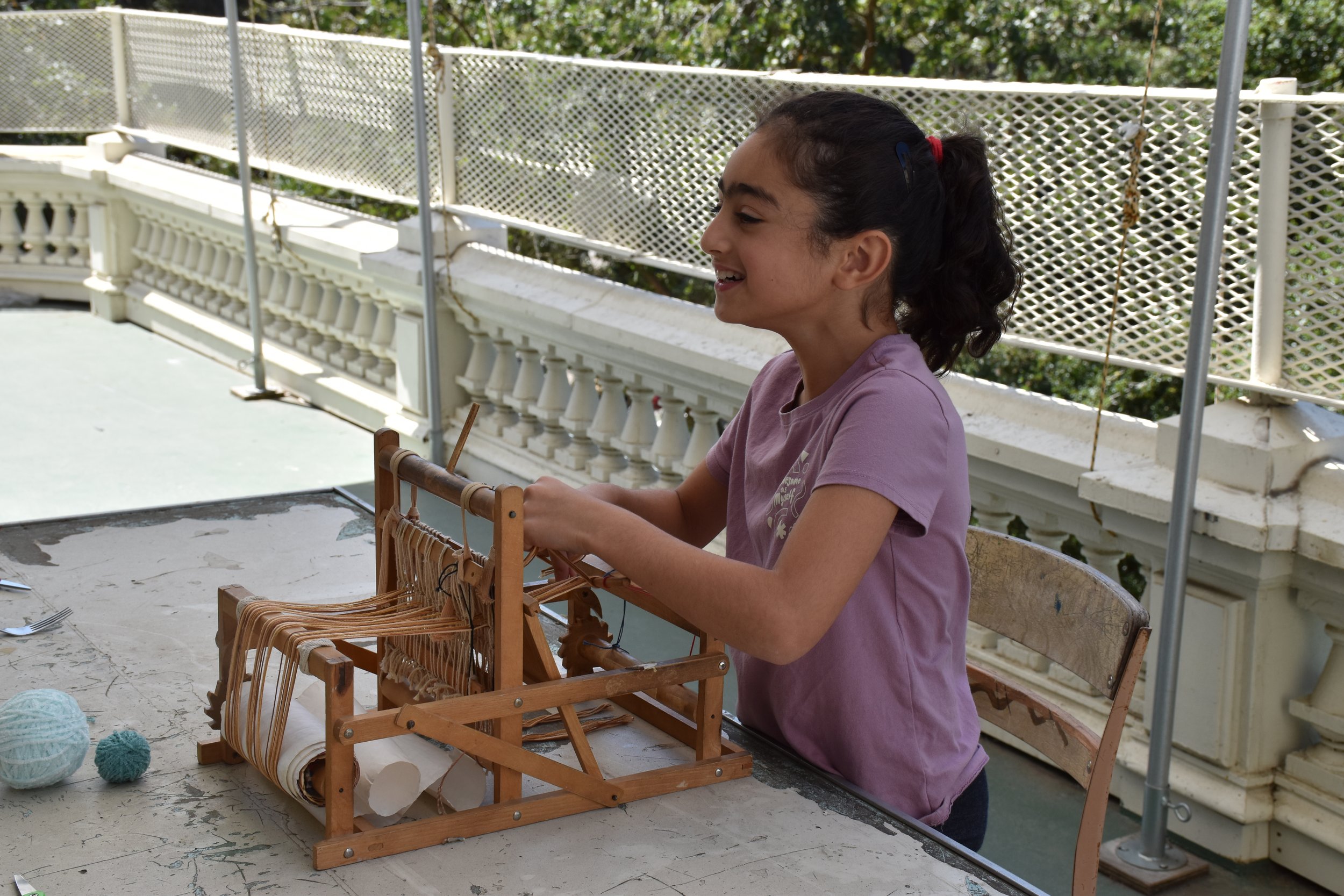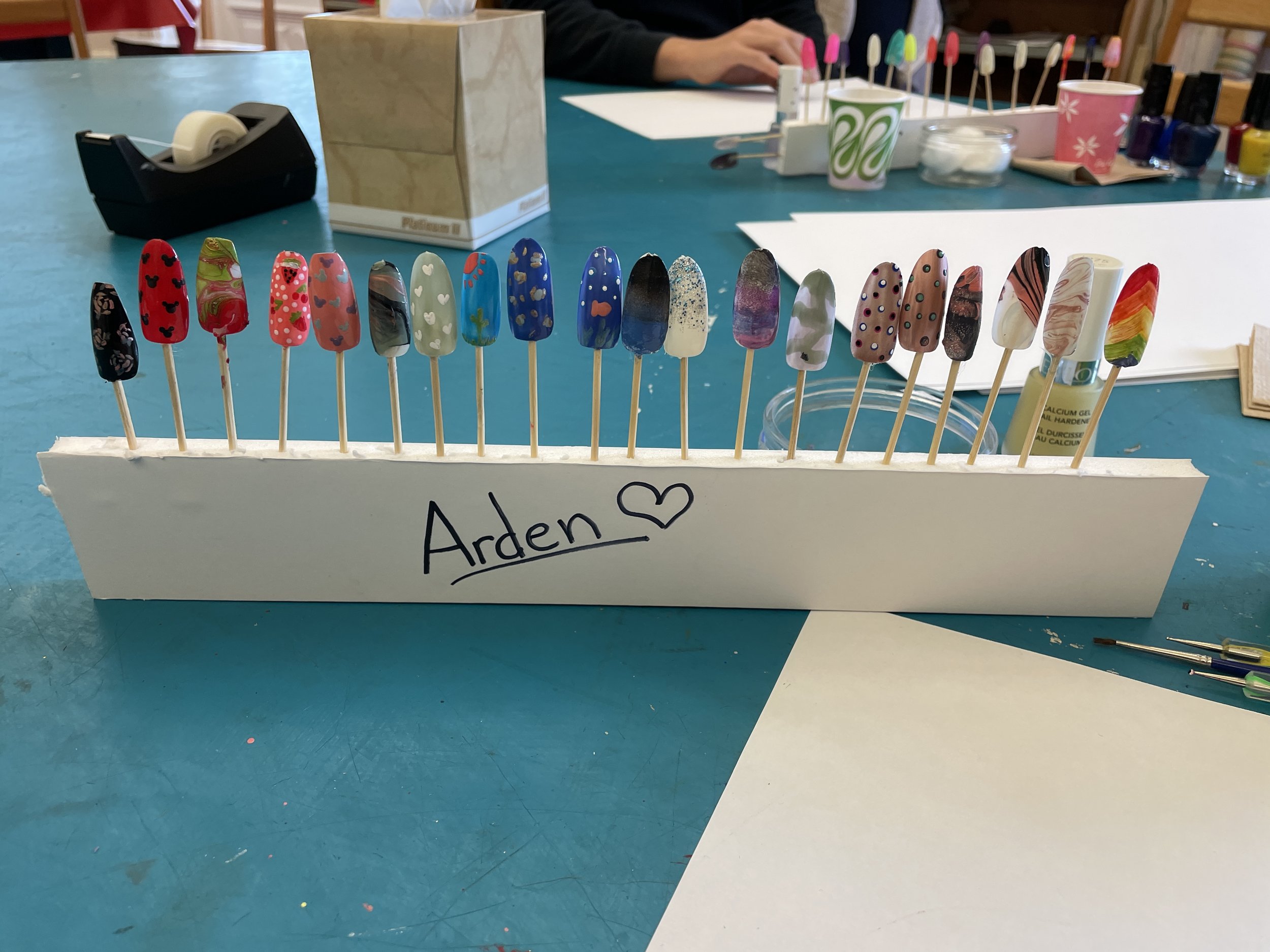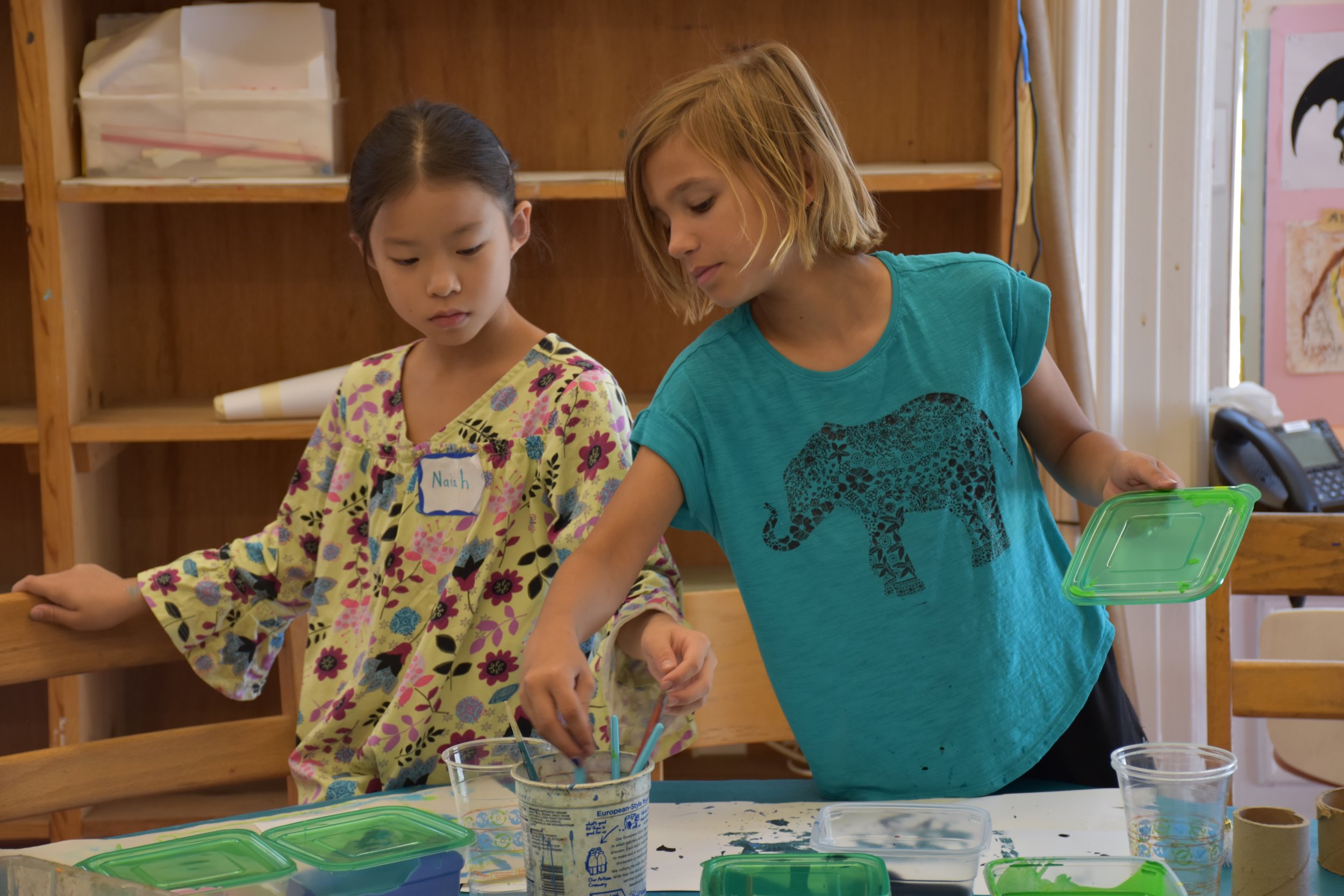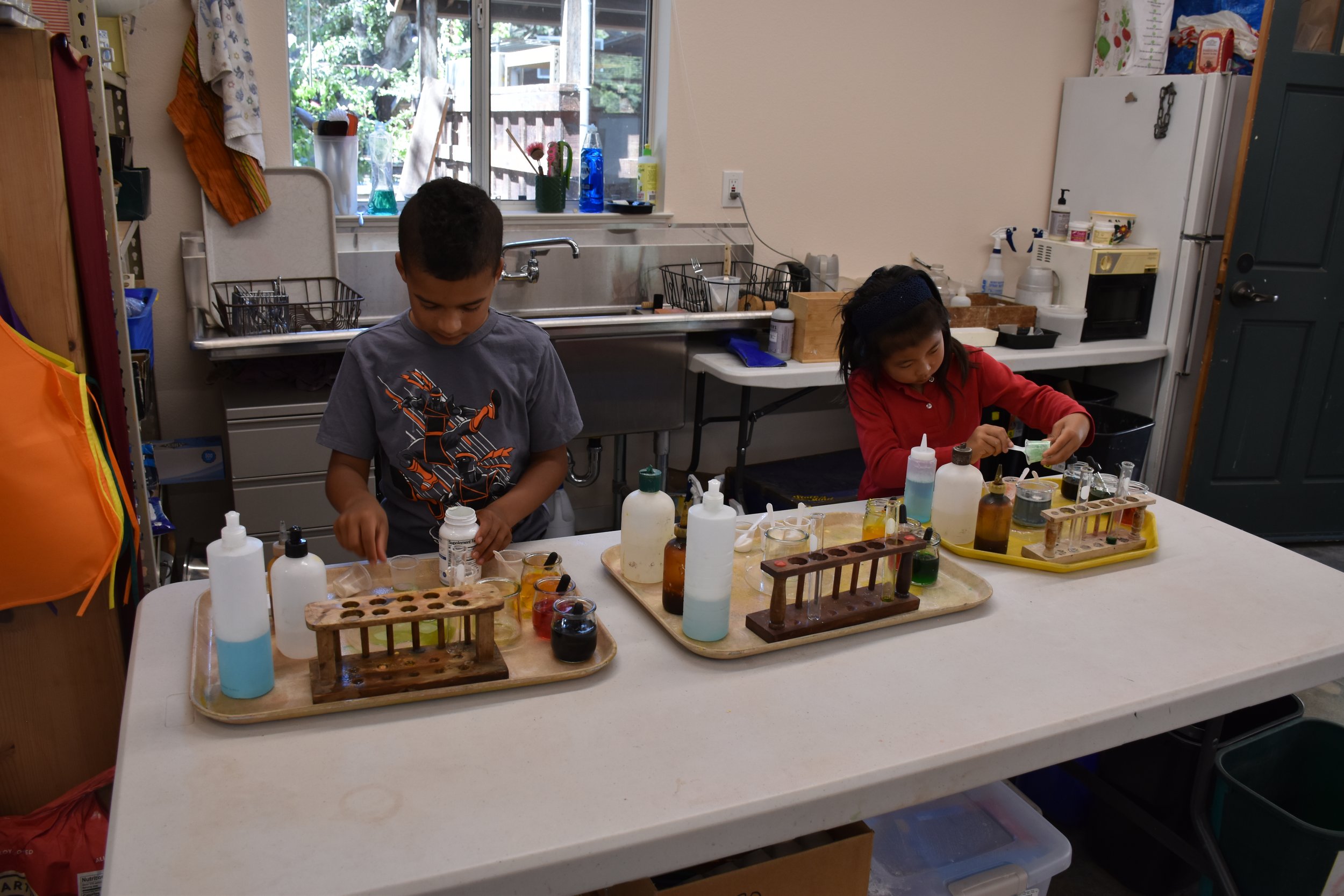Discovering and exploring an interest are the first steps toward developing a passion that may last a lifetime and provides a cognitive structure for intellectual endeavors. At Peninsula School, the Activities and Choice programs expose students to a broad range of topics, concepts and opportunities, and integration of the Arts encourages new perspectives about the world around them.
-
Activity period occurs for one hour each day. Beginning in K–1, children choose the Activity they attend and choose what they will do there. Activities include Art, Science, Clay, Woodshop, Math, Library, Weaving, PE, and Music. There is not a curriculum set by teachers for children to follow. Children are encouraged to follow their interests and passions and design their own projects. Specialist teachers provide supervision and offer advice and guidance as needed. There is one Activities period each day for Primary and one each day for Upper School. Activities classes consist of a mixed age of students, providing an expanded social pool and strengthening the bonds of community across grade levels in a natural way.
Lower school students choose their activity each day. However, space is limited, so they learn the importance of flexibility when their top choice is filled before they sign up. Upper School students may choose any Activity they wish, or choose to spend that time how they’d like. Students may be found playing a game with friends, talking with a teacher, or doing class work.
In addition to Activity period, students have art, science, library, PE, and math classes integrated into their week.
-
The Choice Program is offered to Upper School students. Choice units are classes of specific interest that teachers have developed which are conducted in an intensive and focused way. Choice units are 2–3 week sessions for an hour a day. Also, because students enroll in Choice classes based on interest rather than on age, the resulting mix enables them to experience learning outside their own classrooms and in a variety of situations and groups. Choice topics are wide ranging and change from year-to-year, although some are offered annually. Some examples are Batik, The World of Tea, Jane Austen, Pasta-Making, Basketball, or the Year of 1992.
-
At Peninsula School, the arts hold a special place in our day EVERY day.
In the classroom, challenging intellectual themes are approached through multiple forms: visual, tactile, musical, dramatic, and verbal, with the arts acting as a catalyst to help children respond and create meaning. Through this integration of the arts and academics, students learn that the way knowledge and ideas are expressed is as important as the content: a description of a heritage oak on campus could be a scientific documentation or it could be poetry. The number twelve could be six plus six, but it could also be expressed as the number of notes per measure in music, as the number of columns in a block construction, or simply as one dozen.
In the studios, specialists in the fields of woodworking, art, ceramics, weaving, music, and drama engage students in vigorous hands-on inquiries. Students learn to take creative risks, they learn that the arts contain emotion as well as intellect, and they learn that they can have experiences in the arts that they cannot have from any other source. In recognition of this, the arts are celebrated throughout Peninsula.
We recognize that learning through the arts allows children to express what they may not yet be able to express verbally and teaches them that there is more than one solution to a problem. Through the arts, children learn cultural diversity and heritage, they learn to make qualitative judgments, to work independently as well as in a group, to notice and appreciate subtleties, to be flexible, and to celebrate the many ways the world around them is experienced and interpreted.








